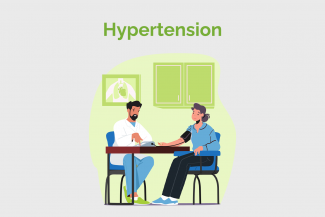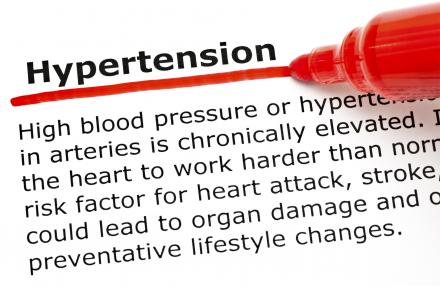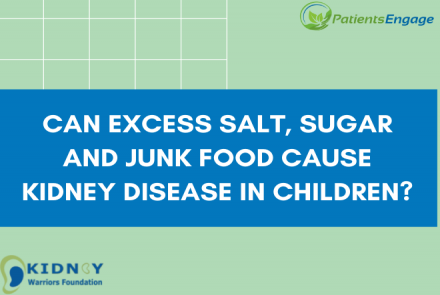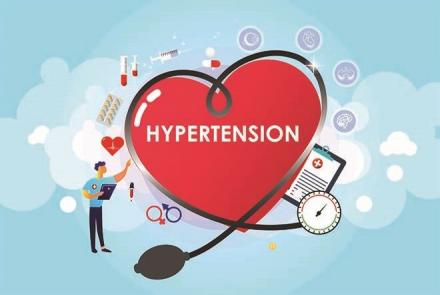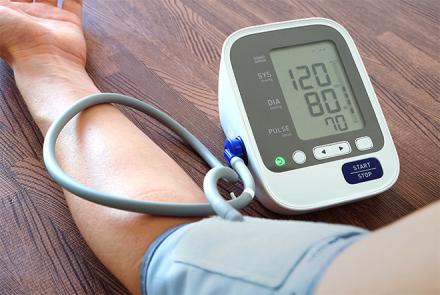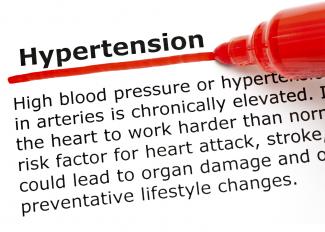
The medical term for high blood pressure is hypertension. Blood pressure is the force with which the blood pushes against the walls of the arteries when it is pumped by the heart. Blood pressure rises and falls throughout the day. When blood pressure stays elevated over time, it is called high blood pressure.
Every blood pressure reading has two numbers. The number at the top (systolic) shows the force of the blood in the arteries as the heart beats. The number at the bottom (diastolic) shows the force of the blood in the arteries as the heart relaxes between beats. A reading of 120/80 mmHg is considered normal. A blood pressure reading of 140/90 mmHg or higher is considered high blood pressure. If your blood pressure is between 120/80 mmHg and 139/89 mmHg, then you have pre-hypertension. This means that you don't have high blood pressure now but are likely to develop it in the future.
10 Clear Tips to Manage Hypertension (High Blood Pressure)
Download Free E-Book on Managing Hypertension

